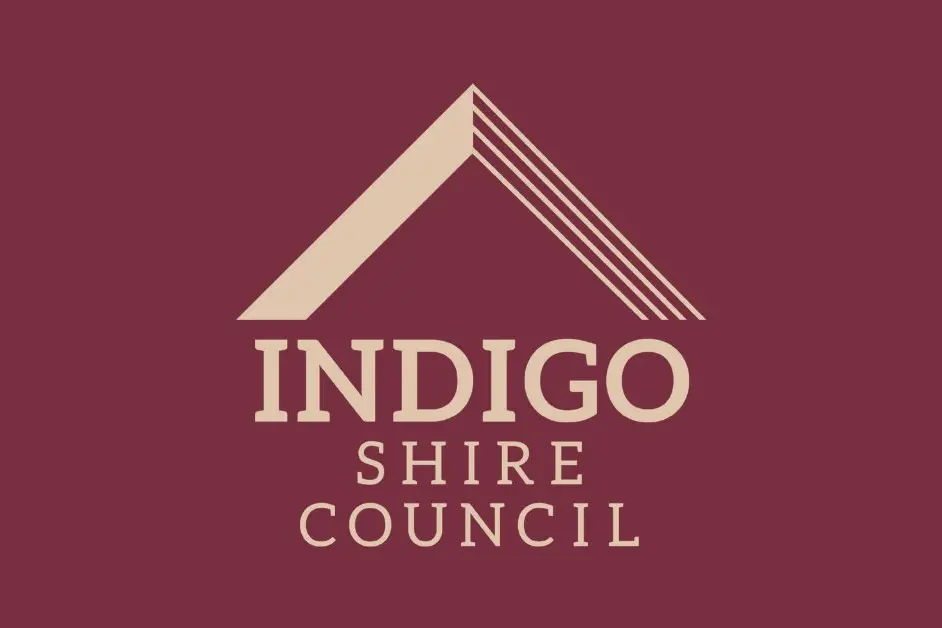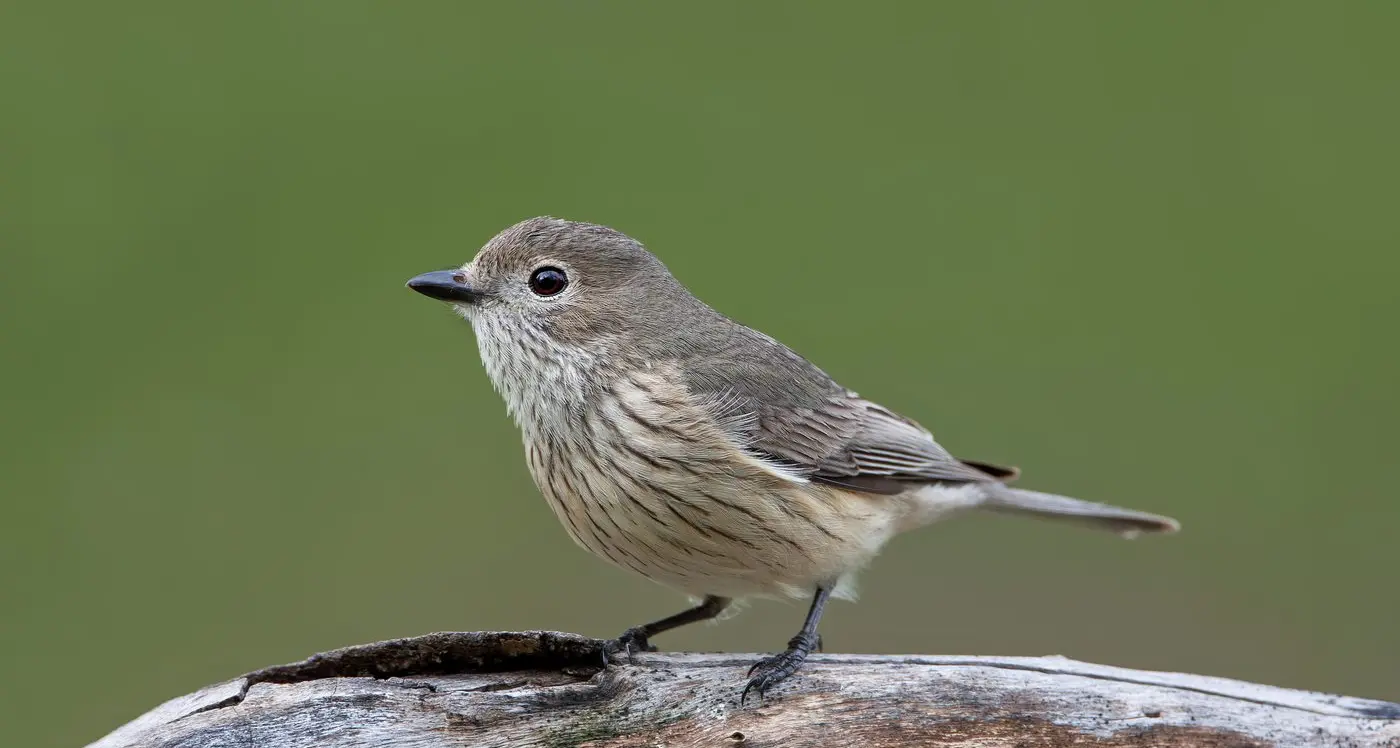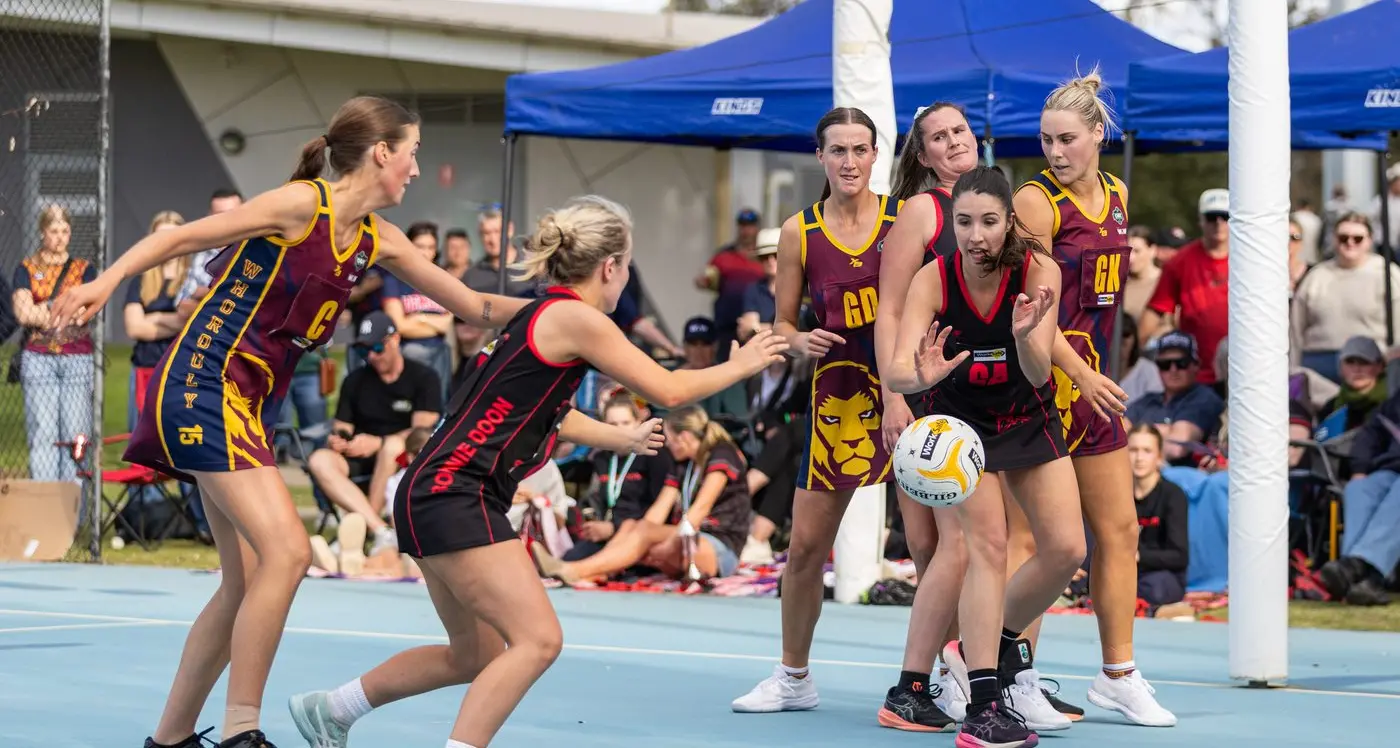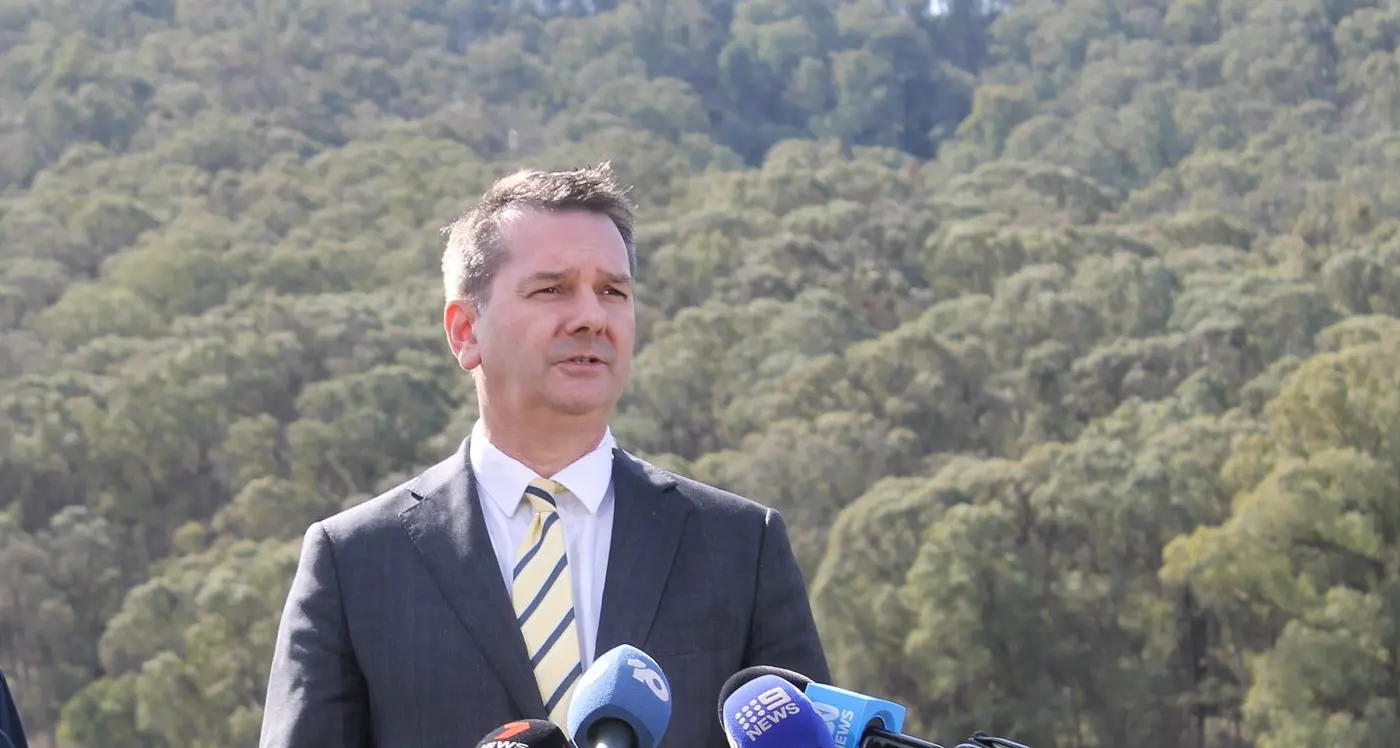PHOTO
INDIGO Shire Council adopted their 2024-25 budget on Tuesday night, which includes a 2.75 per cent rate rise in accordance with the State Government’s rate capping policy.
Councillors discussed a number of submissions made by the community at the scheduled meeting and made no financial changes.
Key features of the adopted budget included the 2.75 per cent rate rise and $6.7 million in new projects to deliver council’s capital works program, with $11.5m in projects already funded.
Amendments made from council’s draft budget since its release on May 14 included an additional $321,000 of Roads to Recovery funding and a corresponding increase of $107,000 in roads expenditure, covering drainage, pavement rehabilitation and major patch works.
Councillor Diane Shepheard carried the motion, and said she was happy to endorse the draft budget from council’s May meeting.
“Since the publication of the budget’s draft announcement we got some updated information and grant announcements which changed a few of the grants and funding levels,” she said.
“A budget is always hard, but I think we’ve had a lot of time and energy to put into this as councillors and we have been able to ask any questions we want throughout this whole process.”
Deputy mayor Bernard Gaffney said Indigo Shire Council rates were low compared to many other councils in the state.
“We have a policy that has been copied by other local councils and I think it’s going to serve us very well,” he said.
Councillor Emmerick Teissl said the budget was very diverse, covering many areas of services.
"Our budget's been through a very comprehensive process, councillors unanimously passed it in May and I for one will be passing it again," he said.
"It's been through all of our hands, it's been through the community.
“I don't think many people appreciate how many areas local government plan, what services we have and we don't get a lot to do quite a lot with."
Councillor Roberta Horne was the only council member to oppose the adoption of the budget and said she was “disappointed” to see tourism offerings “override” agricultural based funding.
“I look for balance across our different sectors, I look for balance across demographics in our community and I also look for balance in things the community ask for and what they actually receive,” she said.
“Agriculture is our largest sector… it’s very very important to us.
“I get very disappointed to see mothers and their kids walking the street because there are no footpaths and I get particularly disturbed seeing the elderly having to walk the street because there are no footpaths.
“We have two lists, we have one list of what we need and one list of what we want, and I’m very often disappointed with getting those lists mixed up.”
Council thanked the community’s input, with a total of eight submissions made on council’s draft budget, which included questions around investments into new footpaths, capital works information in budget documents and alternate rate rising models.
Councillor Sue Gold said she was fascinated to see the varying responses made by the community to the draft budget and the responses they received through council and their departments.
“I’m very pleased of where we landed but I’m appreciative for some people there’s not enough money to do everything we would like and for others we’re raising too much money and people would like their rates to be lower,” she said.
“But I do think we’ve landed with something that’s well-balanced, is reflective of what the community seek from us, but also covers some of those outlying requests that may not be important to everybody, but make a significant difference to a small group of people.
“Equity and inclusion matters with everything across the board.”





